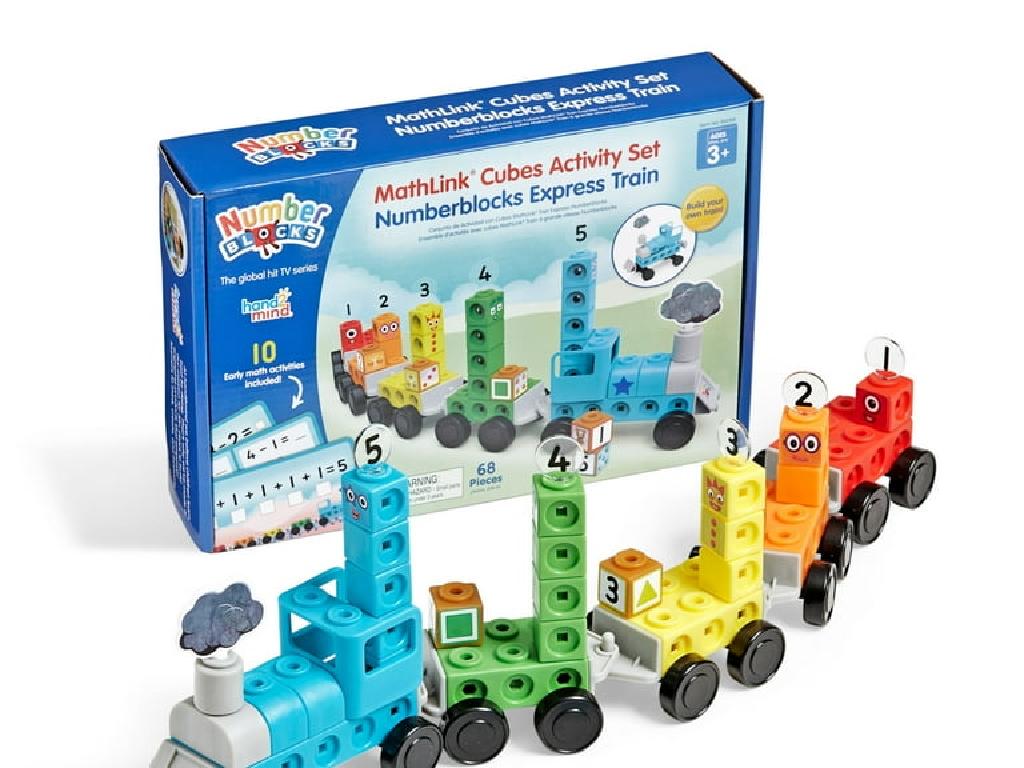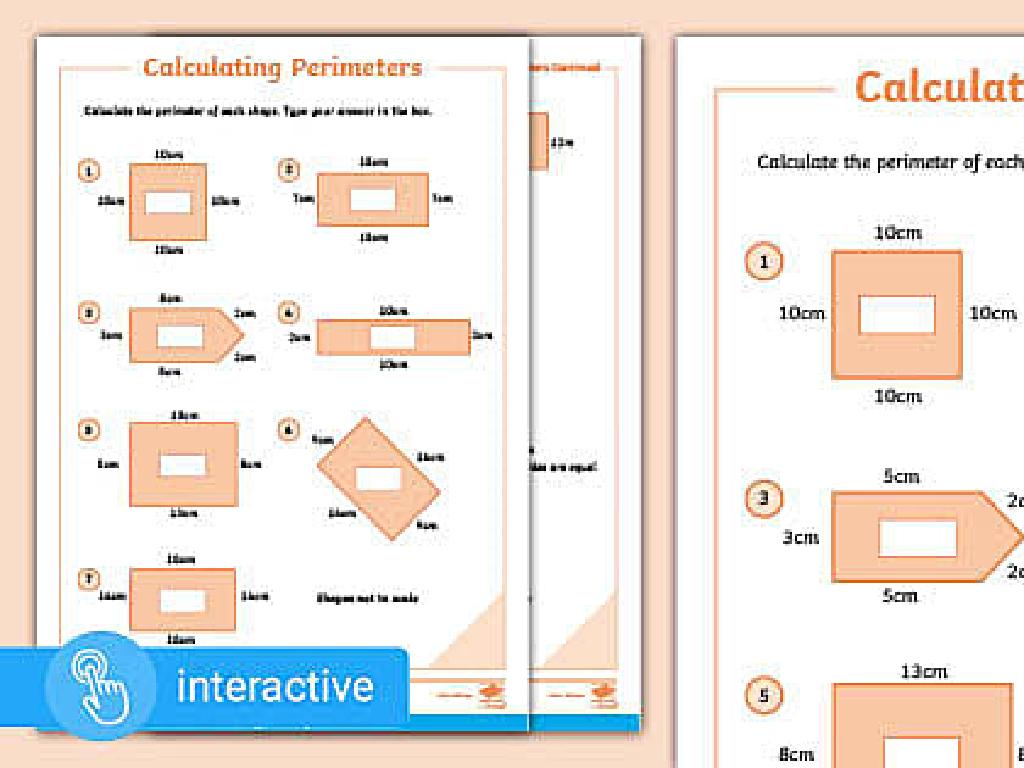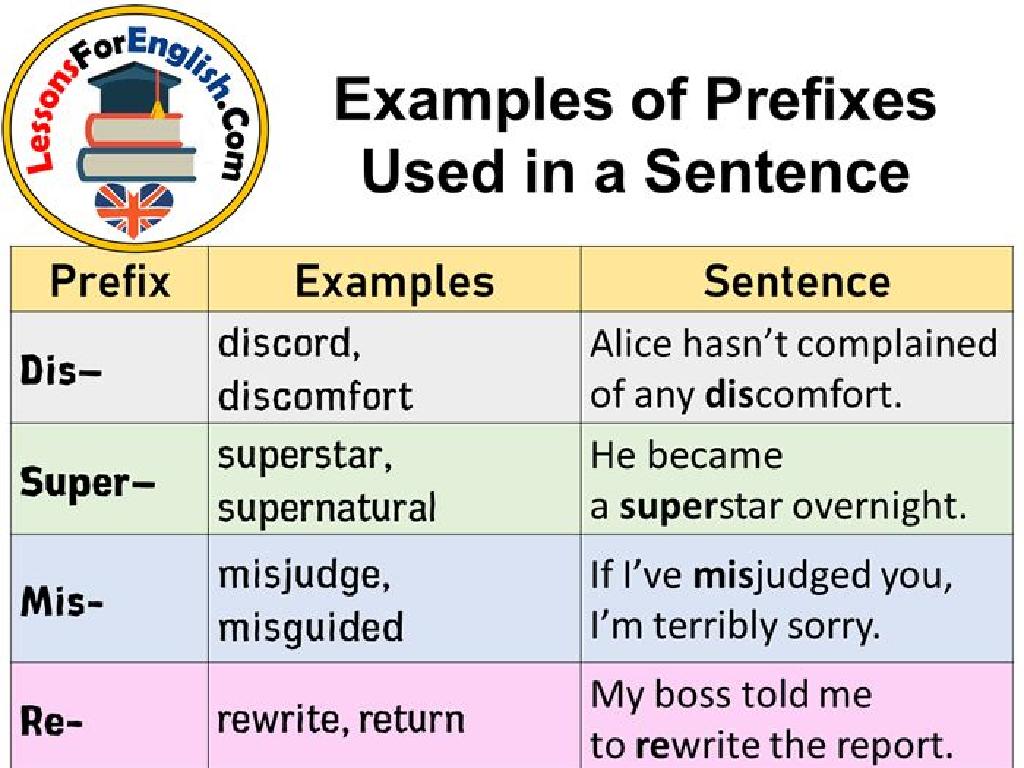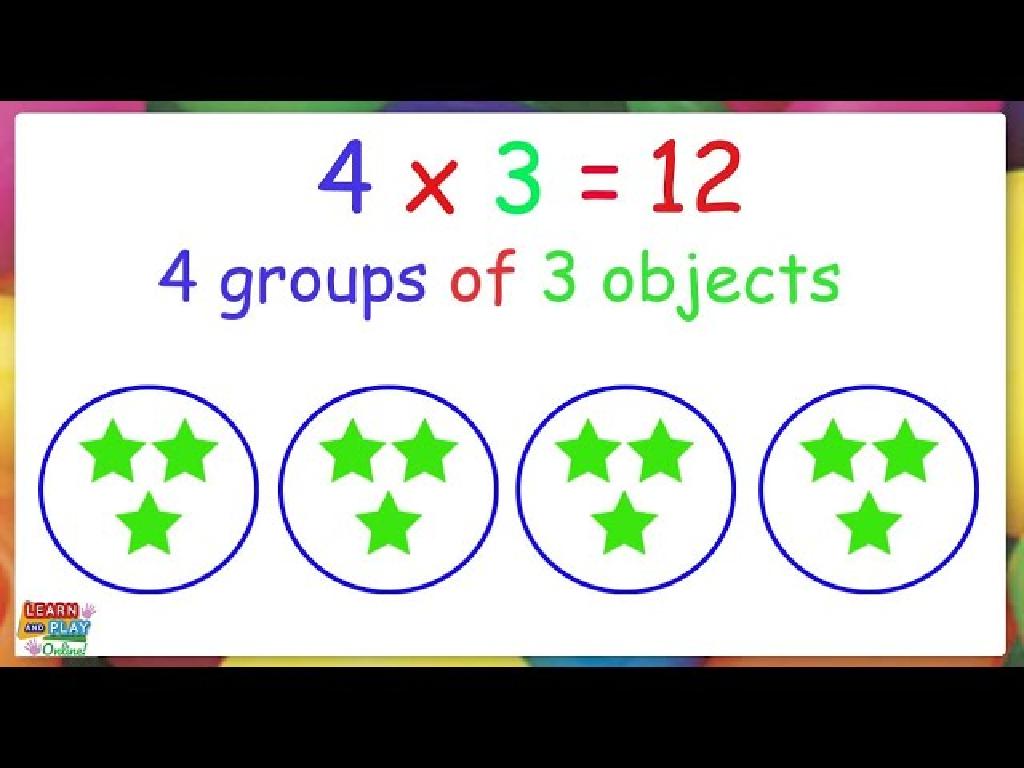Punctuating Dialogue
Subject: Language arts
Grade: Fifth grade
Topic: Formatting
Please LOG IN to download the presentation. Access is available to registered users only.
View More Content
Introduction to Dialogue in Stories
– Understanding dialogue
– Dialogue is a conversation between characters.
– Dialogue’s role in stories
– It shows interaction and builds the story.
– Punctuation’s role in dialogue
– Correct punctuation clarifies who is speaking and conveys the tone.
– Practice punctuating dialogue
|
This slide introduces the concept of dialogue and its importance in storytelling. Dialogue is the written conversation between two or more characters and is essential for bringing characters to life and advancing the plot. Punctuation in dialogue helps readers understand which character is speaking and how they are speaking, which can change the meaning and tone of the words spoken. Emphasize the use of quotation marks, commas, periods, question marks, and exclamation points in dialogue. Provide examples of punctuated dialogue and plan for a class activity where students practice punctuating dialogue correctly.
The Rules of Punctuating Dialogue
– Begin dialogue with a capital
– Just like a sentence, dialogue starts with a capital letter.
– Enclose speech in quotation marks
– Use to show exactly what the character speaks.
– Place punctuation inside quotes
– Commas and periods always go within quotation marks.
– Practice punctuating dialogue
|
This slide introduces students to the basic rules of punctuating dialogue, an essential skill in writing. Start by explaining that every time a character speaks, the first word of what they say should be capitalized. Next, show students how to use quotation marks to indicate the spoken words of a character. Emphasize that punctuation marks such as commas and periods that are part of the speech should be placed inside the quotation marks. To reinforce learning, have students practice with examples, and correct sentences that demonstrate these rules. Encourage them to write their own dialogues as a fun activity to apply what they’ve learned.
Punctuating Dialogue: Commas and Periods
– Use commas for dialogue tags
– Example: He whispered, ‘Be quiet.’
– Place periods inside quotations
– ‘Let’s eat,’ she said.
– Dialogue tags after quotes
– ‘I’m tired.’ He yawned.
– Practice punctuating dialogue
|
This slide introduces students to the basics of punctuating dialogue with commas and periods. Explain that dialogue tags like ‘he said’ or ‘she asked’ are separated from the actual spoken words with a comma. Emphasize that periods ending the spoken part of the dialogue always go inside the quotation marks. Provide examples on the board and have students practice with sentences you provide. Encourage them to create their own dialogue sentences and punctuate them correctly. This practice will help them become more familiar with the rules of punctuating dialogue, which is an essential skill in writing.
Punctuating Dialogue: Questions & Exclamations
– Use question marks for questions
– When a character asks something, e.g., ‘Where are you going?’
– Exclamation points show strong emotion
– To express excitement or urgency, e.g., ‘Watch out!’
– Place inside quotation marks
– Practice with examples
– Try writing your own dialogue with questions and exclamations
|
This slide focuses on teaching students how to correctly punctuate dialogue when a character in a story is asking a question or showing strong emotions. Explain that question marks are used at the end of a sentence to indicate a question being asked. Exclamation points are used to convey strong feelings or loud expressions. Both of these punctuation marks should be placed inside the quotation marks. Provide examples of both cases and encourage students to create their own sentences using what they’ve learned. This will help them understand the importance of punctuation in expressing different tones and emotions in dialogue.
Punctuating Dialogue Correctly
– Understanding dialogue punctuation
– Example: ‘I love reading,’ said Mary.
– Notice the comma inside the quotation marks.
– Example: ‘Will you join me?’ asked John.
– The question mark is inside the quotation marks.
– Example: ‘Yes!’ exclaimed Sarah.
– The exclamation point is also inside the quotation marks.
|
This slide aims to teach students the basics of punctuating dialogue through clear examples. Start by explaining that proper punctuation helps readers understand who is speaking and conveys the tone of the dialogue. Show how commas, question marks, and exclamation points are used within quotation marks to separate the spoken words from the rest of the sentence. Encourage students to practice punctuating dialogue by writing their own examples and identifying punctuation in passages from books they are reading.
Your Turn to Punctuate!
– Practice dialogue punctuation with a partner
– Write your own dialogue
– Create a short conversation between two characters
– Ensure correct punctuation
– Use commas, quotation marks, and periods correctly
– Share and review with the class
– Get feedback on punctuation use
|
This slide is designed for an interactive class activity where students will pair up to practice punctuating dialogue. They should write a short dialogue between two characters, paying close attention to the correct use of commas, quotation marks, and periods. After writing, students will share their dialogues with the class and receive feedback. This exercise will help reinforce their understanding of dialogue punctuation rules. For the teacher: Prepare to guide students through the activity, offer examples of correctly punctuated dialogue, and provide constructive feedback during the sharing session. Possible activities include having students act out their dialogues, peer review each other’s work, or create a dialogue journal for ongoing practice.
Class Activity: Punctuating Dialogue Game
– Play ‘Punctuate the Dialogue’
– Work in groups on board
– Collaborate to identify punctuation errors
– Correct dialogue punctuation
– Use commas, periods, question marks as needed
– Present corrections to class
– Share and discuss your group’s work
|
This interactive class activity is designed to help students practice punctuating dialogue correctly. Divide the class into small groups and provide each group with a dialogue written on the board that lacks proper punctuation. Students will work together to add commas, quotation marks, periods, and other necessary punctuation. Afterward, each group will present their corrected dialogue to the class, explaining the reasoning behind their punctuation choices. This exercise encourages teamwork, critical thinking, and application of punctuation rules in dialogue. Possible variations of the activity could include using different dialogue scenarios, having a competition between groups, or providing incomplete dialogues for students to finish and punctuate.
Wrapping Up: Punctuating Dialogue
– Recap: Why punctuation matters
– Homework: Craft a short story
– Create a story and include conversations between characters
– Use dialogue with correct punctuation
– Remember to use commas, quotation marks, and proper capitalization
– Share your story next class
|
As we conclude, remind students that punctuating dialogue correctly is crucial for clarity in writing. For homework, students should write a short story that includes at least one conversation between characters, using the punctuation rules they’ve learned. Emphasize the use of commas, quotation marks, and capital letters at the beginning of what each character says. This exercise will help reinforce their understanding of dialogue formatting. In the next class, students will have the opportunity to share their stories and receive feedback on their punctuation use.





